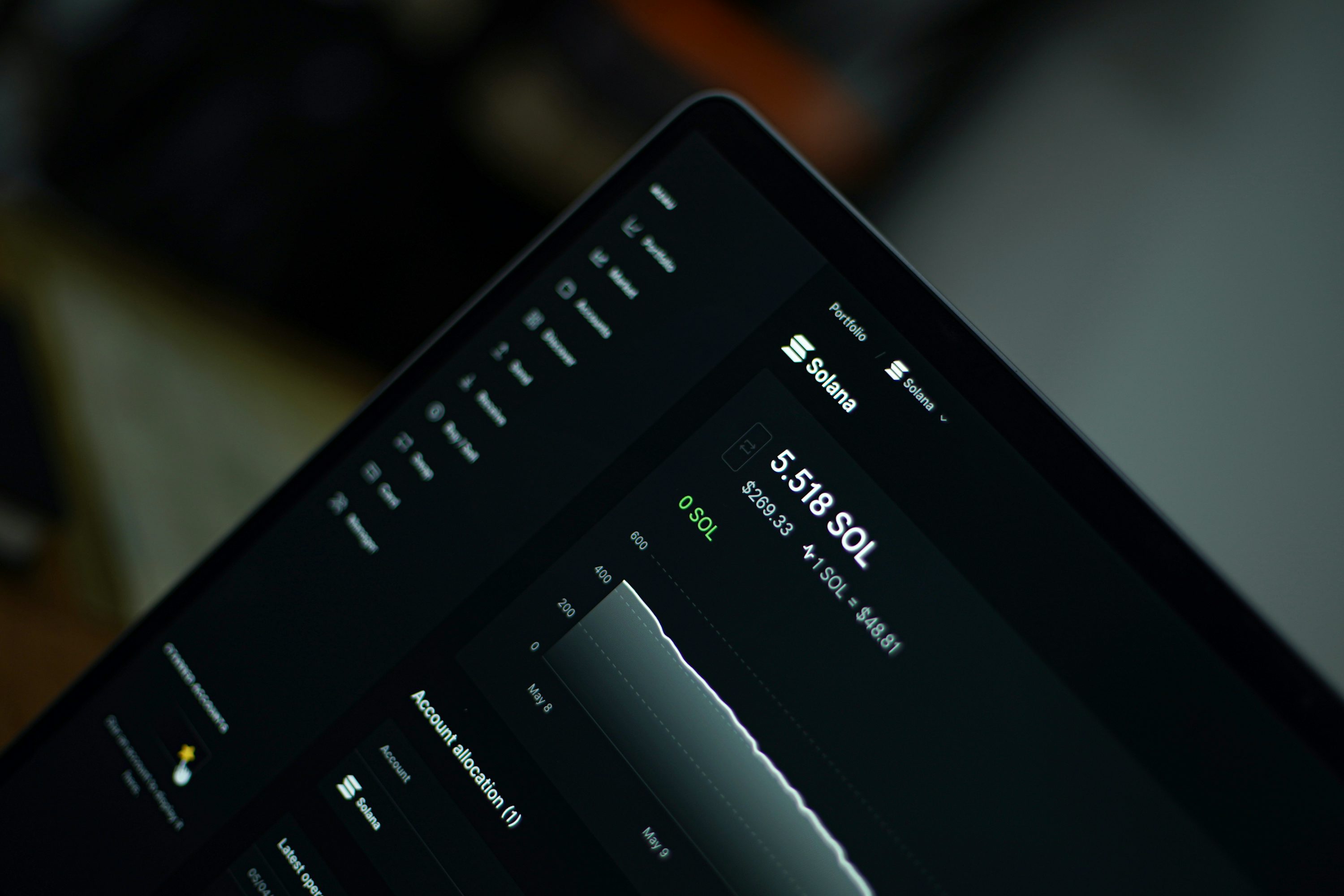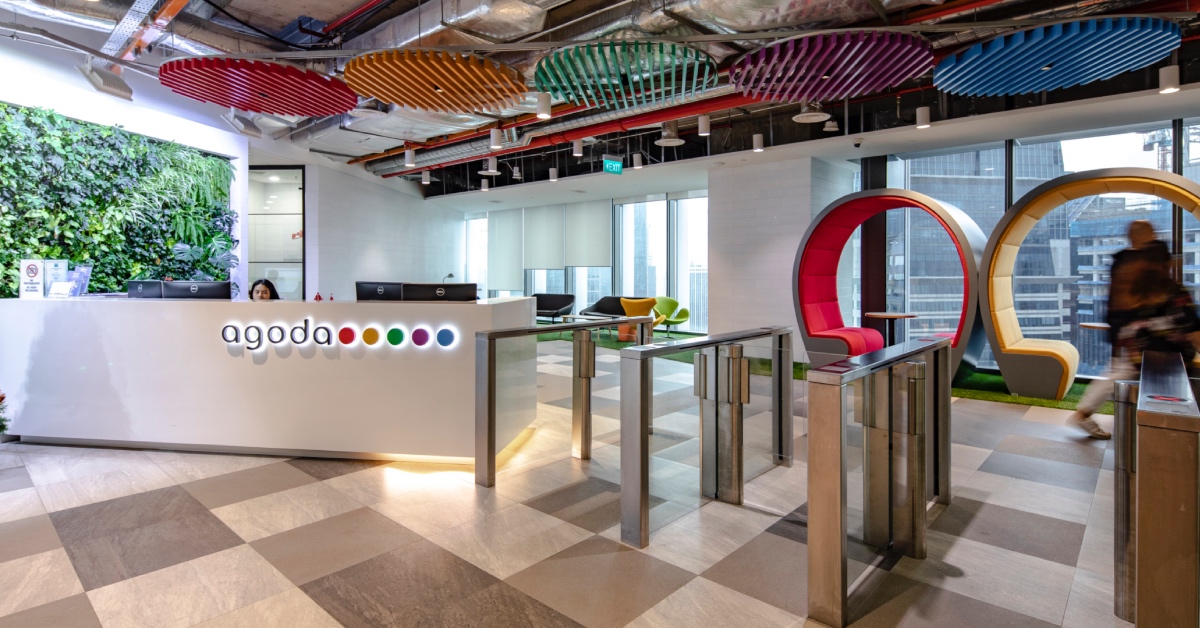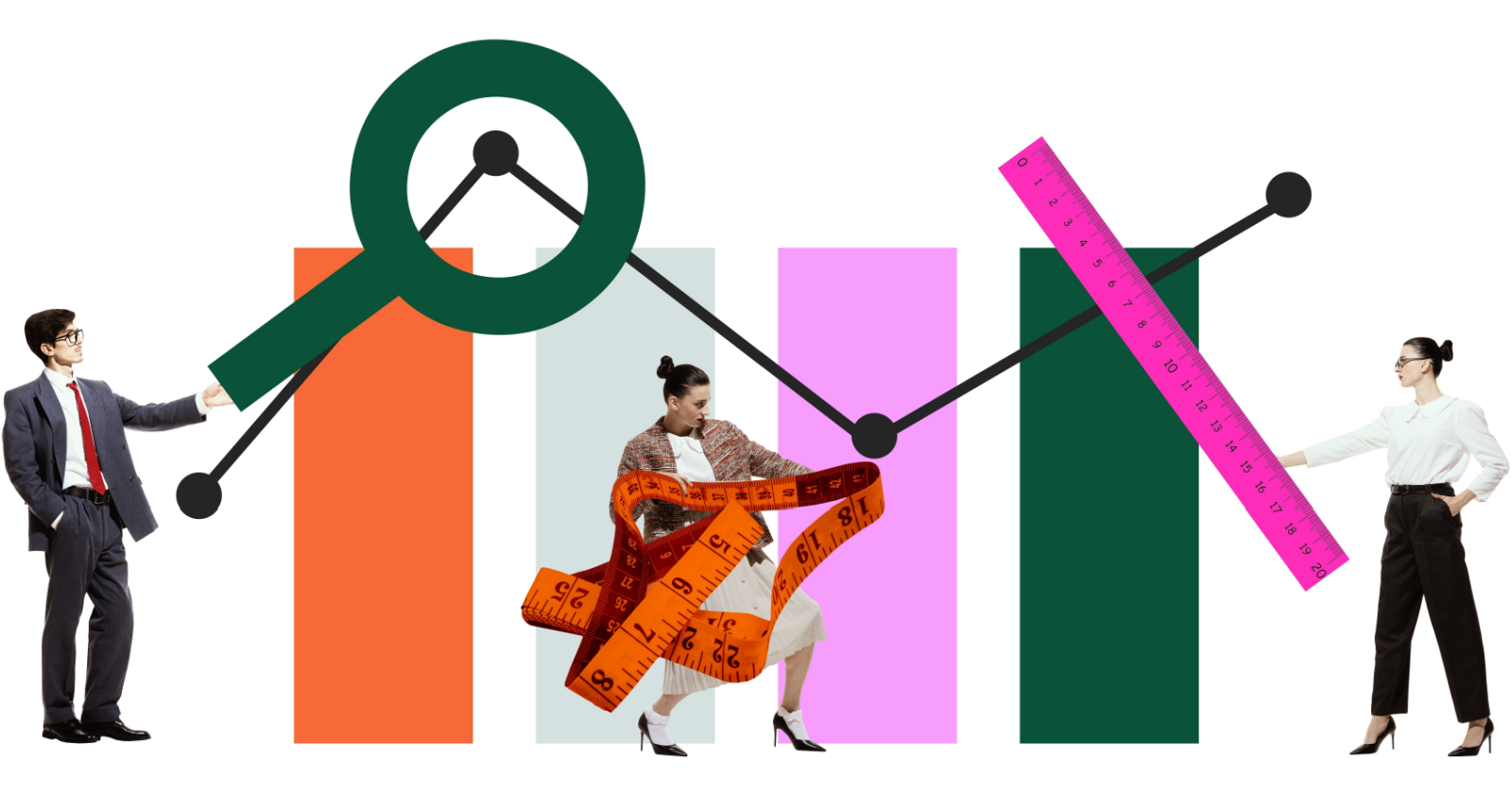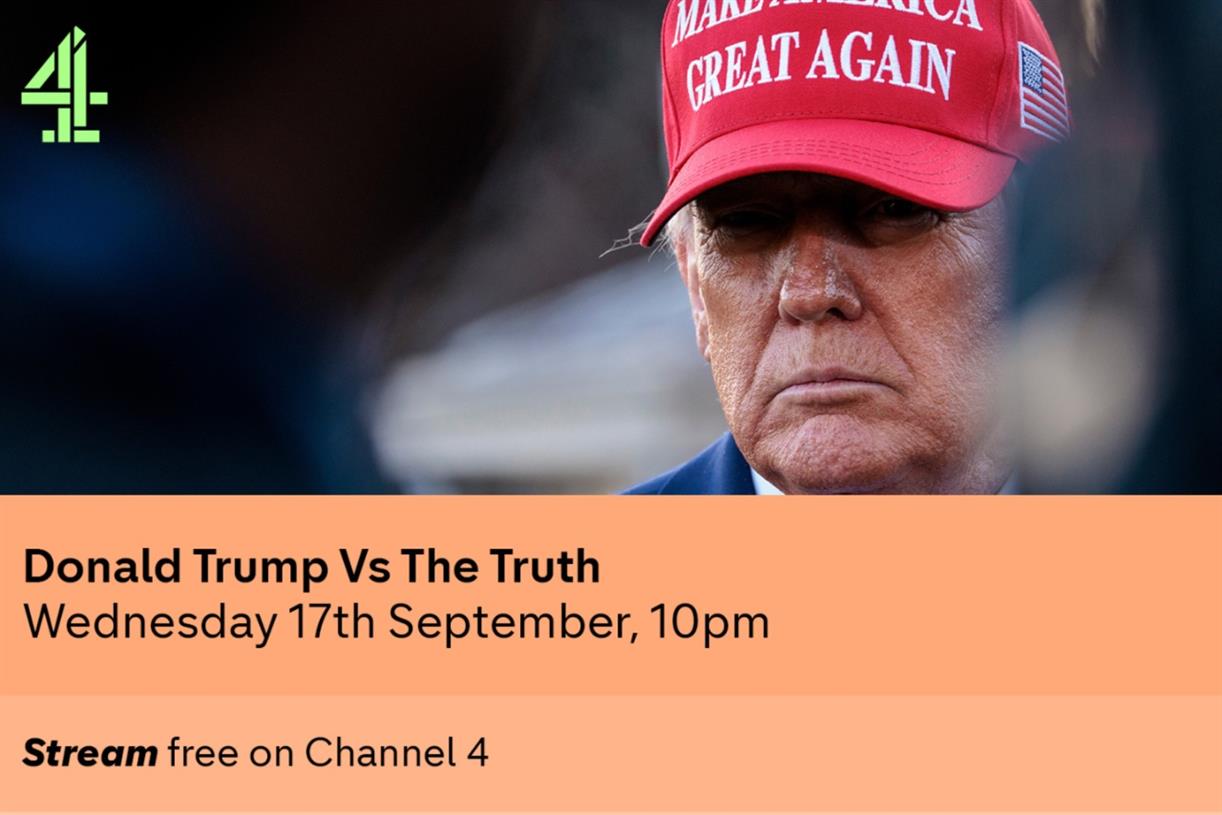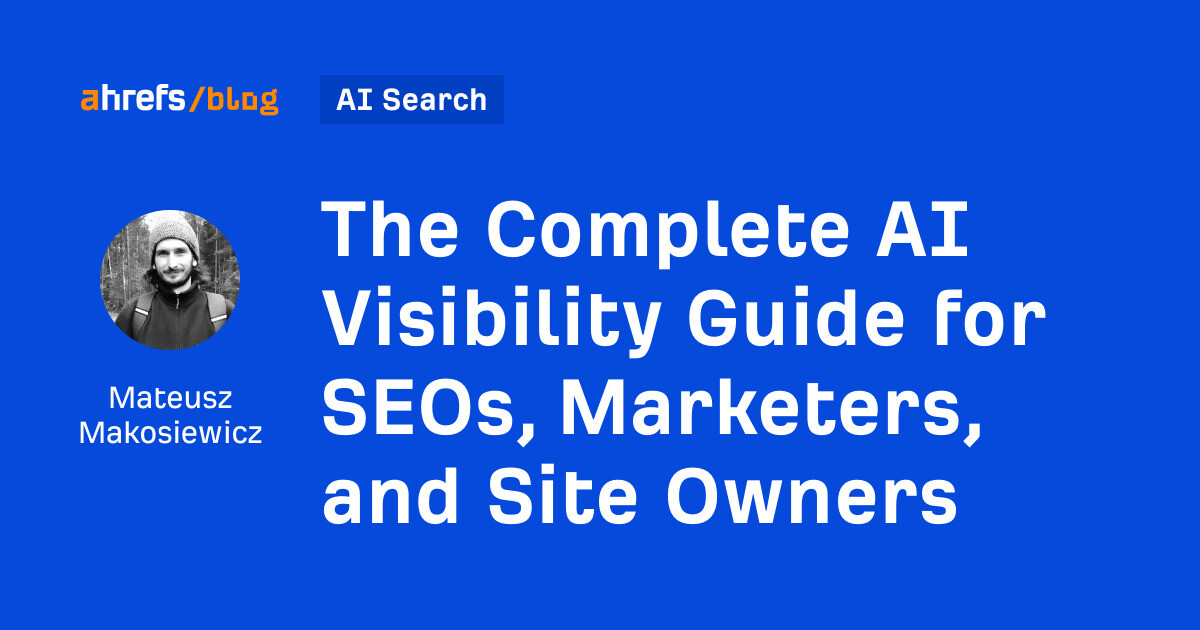Instagram influencers still out-earn their TikTok peers
New Hashtag Pay Me report compares Instagram and TikTok influencer pay, coins a term for a new creator tier, critiques creator marketplaces, and more.

Hashtag Pay Me, a business that provides rate calculators for influencer deals, today released a report that provides insight into how Instagram and TikTok creators were compensated over the past two years. And it shows that despite the buzz around TikTok, Instagram remains more lucrative, at least for the average deal.
Over the last six months of 2022, 400 U.S. creators with a variety of follower counts (split evenly between TikTok and Instagram creators) answered a 30-question survey about how they're paid. Some creators uploaded brand deal contracts to Hashtag Pay Me, allowing the company to pull data.
Hashtag Pay Me in June rolled out its first product, a free “base” calculator that puts a price on what a creator’s content is worth at minimum. Its co-founder and CEO, Cynthia Ruff, previously worked in the executive compensation pricing space for Cox. Influencers, brands and eight different agencies use the calculator to help determine compensation.
Below, the three biggest takeaways from the report.
Instagram influencers collect bigger checks
Influencers on Meta-owned Instagram still out-earn their TikTok peers on the average deal.
For instance, the report states that, on average, mega influencers on Instagram make about $15,000 per deal, whereas mega influencers on TikTok make closer to $10,000 per deal. Hashtag Pay Me defines mega influencers as those with more than 1 million followers.
Influencers across the two platforms with similar follower counts earn an average of up to 200% more on a typical Instagram brand collaboration than they do on a typical TikTok deal.
Additionally, Instagram creators typically charge 236% more to post content on TikTok channels; whereas the average TikTok creator charges just 40% more to post content on Instagram.
“Since TikTok enables you to link your IG channel directly to your TikTok bio, siphoning your audience to IG is streamlined and simpler for a creator,” the report explained. “Plus with TikTok’s ability to create viral channels easier than Instagram, TikTokers see their IG channel as ‘free exposure’ while Instagram creators have significant barriers to drive their native audience to TikTok.”
Creator marketplaces could cost creators
Hashtag Pay Me compares the creator marketplaces run by TikTok and Instagram to a game of telephone: as more people get involved in a deal, the creator’s pay decreases.
The report goes so far as to say that creators get paid “significantly less” when brokering a deal through a marketplace than they would working directly with a brand contact.
For instance, the report claims that creators working directly with brands earn an average of $2,952 per deal, whereas those brokering deals on the Instagram or TikTok creator marketplaces earn an average of $1,000 per deal. “The more outsourced creator sponsorships are, the less the creator has an opportunity to advocate for their worth,” the report explains.
Low mid-tier and mid-tier creators have entered the chat
Influencer tiers—the terms used to define how many followers certain groups of creators have, such as micro, mega, and nano influencers—haven’t had a makeover since the pre-TikTok days.
So Hashtag Pay Me took a stab at giving these categorizations an update to reflect the current state of the creator economy. Specifically, it noticed “some unique characteristics in a certain follower range that prompted us to create a new tier of influencer,” which it calls “the low mid-tier” creator.
The report defines this tier as any creator with between 50,000 and 200,000 followers. Lower mid-tier creators generally don’t have representation or talent agents, but still have “excellent engagement rates across platforms,” according to the report.
The company also added a “mid-tier” creator to the list. These creators have between 200,000 and 500,000 followers, per the report.
Influencer marketers use these terms to bucket creators of similar sizes together in conversations about influencer sourcing for brand deals and more.

 JaneWalter
JaneWalter 




















